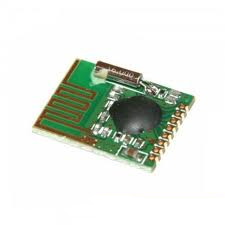I'm building a musical instrument that comprises of two separate devices...one device is the master...has an accelerometer and a speaker. The master's buddy device also has an accelerometer.
When the buddy tilts, the buddy device interprets the accelerometer data and then sends a note to the master. The master plays the note using instrument voice 1.
The master, at the same time is processing it's own accelerometer information. Based on accelerometer data, it will play other notes using instrument voice 2.
If the user moves device one and then moves device two in special ways, a flourish will play.
My question is...taking into account the type/amount of data that I'm sending...essentially short control bytes, what would be the cheapest way for the two to communicate wirelessly?
--CLARIFICATION-- These devices ideally would be wireless and not tethered to each other. Also, these devices will be moved around freely so any line of sight method is less than ideal.

